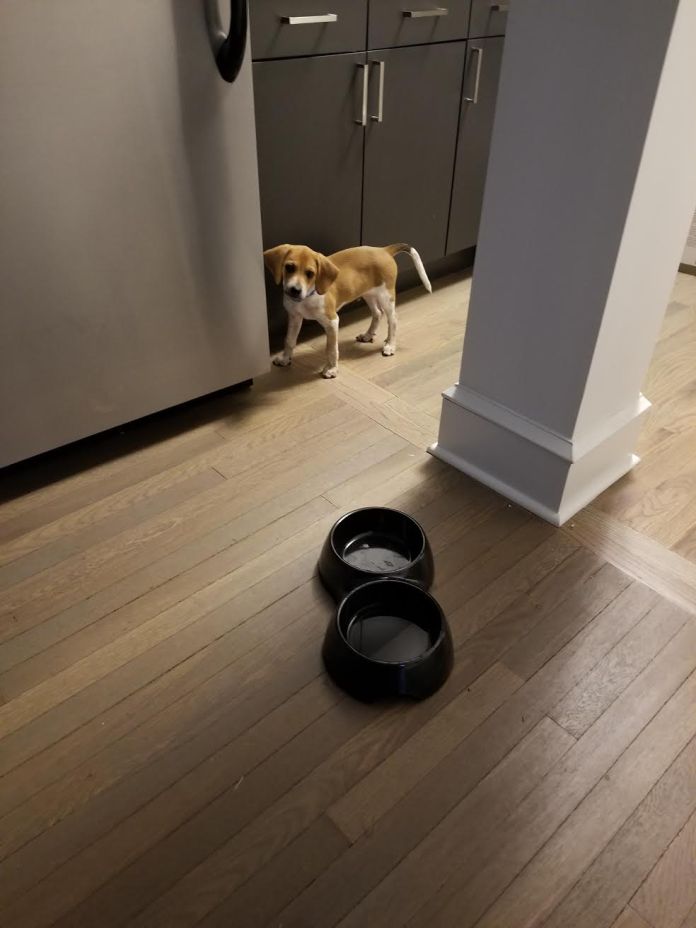I discovered late last week that there is a version of my Derivatives textbook for the upcoming semester that is made specifically for English-speaking students in India. Unfortunately, I discovered this after having already done several hours of working ahead to prepare for the upcoming semester and spending $30 on the wrong book.
Oh well. Maybe the knowledge of the history of financial derivatives in Southeast Asian markets and familiarity with foreign exchange problems involving Rupees will come in handy one day. For now, it just means that my motivation to get ahead was all for not.
One story this week did serve to re-energize me, though. This Wall Street Journal Toys-R-Us story by Gretchen Morgenson and Lillian Rizzo is a great example of why learning more about how companies are financially structured is important.
A quick overview for those who don’t want to read the whole thing: the story basically pinpoints a group of creditors who bought the failing company’s debt at a discount and then were able to block Toys-R-Us from leaving bankruptcy, resulting in workers losing jobs and suppliers losing a lot of money on outstanding bills.
The thing that killed off Toys-R-Us, then, was not Amazon or changing consumer tastes, but some firms that held less than 20 percent of Toys-R-Us’s debt – a position those companies took knowing that bankruptcy was a looming possibility.
Links
- I read a lot about Elizabeth Warren’s proposals to reform corporate board structures and make companies responsible to all stakeholders instead of just stockholders. Two opposing pieces here are from Matt Yglesias at Vox and Matthew Klein at Barron’s.
- Nicole Auerbach from The Athletic on Urban Meyer and Ohio State.
- Melanie Evans from the Wall Street Journal had a fascinating piece on how hospitals don’t even know how much medical procedures cost.
- I saw “Three Identical Strangers” this weekend, and I think it is my favorite movie of the year. As someone with two brothers fairly close in age, it probably hit closer to home for me than others, but it was a documentary that left me feeling unsatisfied in a way that was infuriating and powerful. Sean Fennessey wrote about our mini-boom in documentaries at The Ringer.
Gus update
It is national dog day, according to the internet, and my genius dog somehow locked himself in the bathroom while I am writing this post. I’ve had him for a month now, and he has made a lot of progress in getting trained (and doubled in size!) but oh man do I still have a long way to go.
I leave you with a photo of him harassing me as I try to make breakfast.




